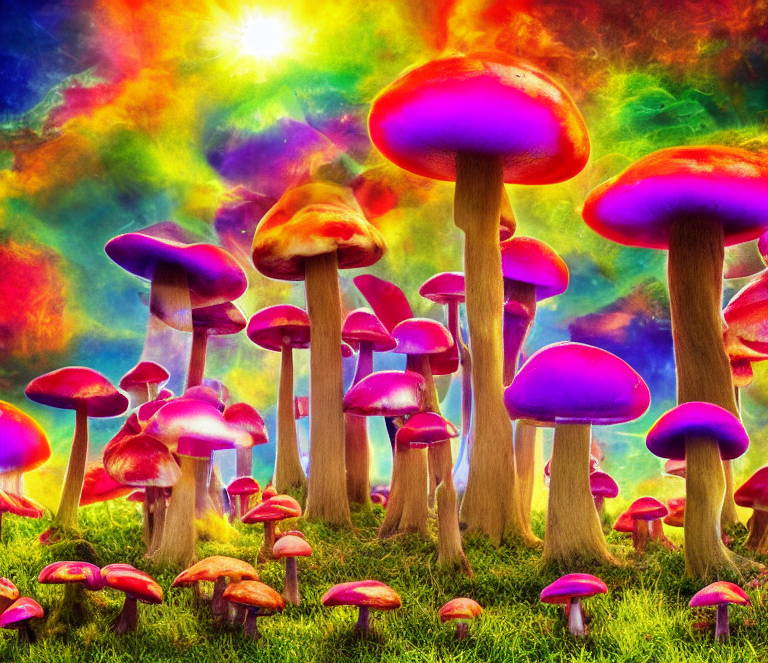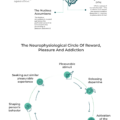Psilocybin mushrooms or magic mushrooms or just shrooms are a type of fungi that contain the psychoactive compound psilocybin. When ingested, psilocybin is converted to psilocin in the body, which interacts with serotonin receptors in the brain, leading to altered states of consciousness.
Magic mushrooms, have been used for spiritual and medicinal purposes for centuries. In recent years, there has been a growing interest in the therapeutic potential of psilocybin for treating various mental health conditions. However, like any psychoactive substance, shrooms can pose risks if not used responsibly. This is where Harm Reduction for psilocybin mushrooms comes in.
How psilocybin mushrooms work?
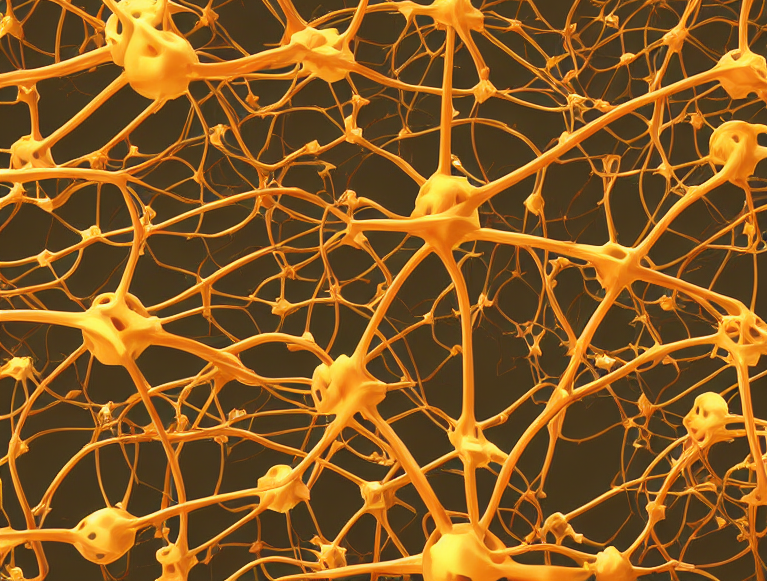
The way that magic mushrooms work is by replicating the effects of serotonin, which is a crucial neurotransmitter in the brain responsible for regulating mood, memory, focus, creativity, sexual arousal, and other vital functions.
The main active components of magic mushrooms are psilocybin and psilocin, both of which have a similar structure to serotonin, allowing them to interact with serotonin receptors found in various regions of the brain.
The majority of the effects produced by magic mushrooms are the result of psilocin, rather than psilocybin. The reason for this is that psilocybin needs to be converted into active psilocin by the liver before it can have any effects.
Psilocin interacts with various receptors in the brain, with the 5-HT1A receptor being one of them. While activating this receptor doesn’t produce a significant impact on our perception, it does affect other bodily functions, such as heart rate and blood pressure. The 5-HT1A receptor is believed to be the primary mechanism involved in producing the anti-anxiety benefits of magic mushrooms.
Another receptor that psilocin interacts with is the 5-HT2A receptor, which is the primary receptor responsible for the psychoactive effects of the compound. Activation of this receptor results in changes in visual and auditory perception, mental stimulation, mood, memory, and more.
The 5-HT2C receptor is the second target for most psychedelic compounds, including magic mushrooms, LSD, DMT, and mescaline. These receptors are responsible for inhibiting dopamine and norepinephrine release in certain parts of the brain, contributing to the anti-anxiety, mood-balancing, and appetite-suppressing effects of magic mushrooms. Activation of these receptors also causes a change in the visual cortex of the brain.
OK, now we have a general idea of how this powerful magic works. But as they say, with great power comes great responsibility. Therefore, psilocybin mushrooms also need a strategy and rules for harm reduction for minimizing the potential negative consequences of their use, while still acknowledging that their use may carry some inherent risks.
Respect Shrooms for Harm Reduction
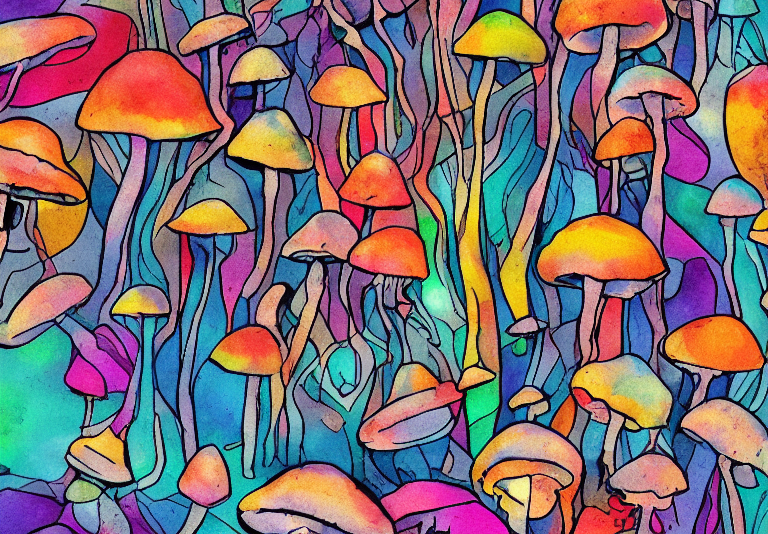
Magic mushrooms or shrooms, have been used for centuries in spiritual and medicinal contexts. However, the use of psilocybin mushrooms also comes with risks, including adverse psychological reactions and physical harm. It is crucial to treat psilocybin shrooms with the utmost respect to ensure a safe and positive experience.
Essential to consume psilocybin mushrooms responsibly and with respect. This means avoiding using them for recreational purposes or as a means of escape from reality. Rather, psilocybin mushrooms should be approached with intention, as a tool for personal growth and self-exploration. It is important to set clear intentions before consuming psilocybin mushrooms and to approach the experience with an open and curious mindset.
Research has shown that psilocybin mushrooms can have profound and lasting positive effects on mental health and well-being. Studies have found that psilocybin can reduce symptoms of depression and anxiety, increase feelings of empathy and connectedness, and promote a sense of awe and wonder. However, these benefits are not guaranteed, and the effects of psilocybin can vary widely depending on individual factors.
And moreover, these positive effects will only be removed if you perceive psilocybin mushrooms as a substance for fun, parties, aimless burning of time and observation of visual images or a reason for bragging.
Before the planned trip, it is advisable to adhere to a fast. Do not load the stomach with heavy food. Exclude exciting or important things, prepare in advance and have a plan of action.
Know the laws about psilocybines
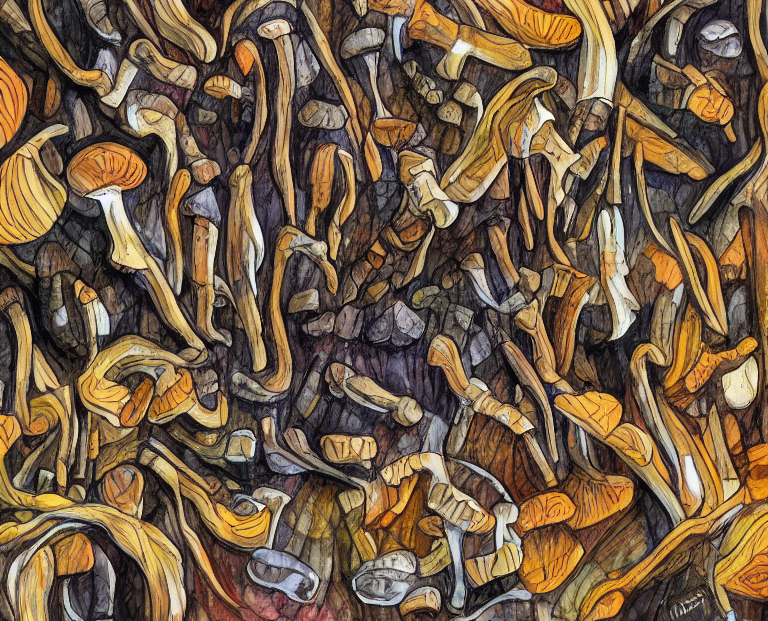
Psilocybin mushrooms have been the subject of legal and regulatory scrutiny in many countries around the world. While some jurisdictions have decriminalized or legalized the use of magic mushrooms, others continue to treat them as controlled substances with serious legal consequences. Familiarity with the laws surrounding magic mushrooms in your country and state is essential to avoid legal trouble and ensure a safe and responsible experience.
In the United States, magic mushrooms are classified as Schedule I substances under the Controlled Substances Act, which means they are considered to have a high potential for abuse and no accepted medical use. Possession, distribution, and cultivation of magic mushrooms are illegal under federal law and can result in significant fines and imprisonment.
However, some states and cities have taken steps to decriminalize the possession and use of magic mushrooms. In 2019, Denver, Colorado became the first city in the United States to decriminalize the possession and use of magic mushrooms for personal use. Since then, other cities and states, including Oakland and Santa Cruz in California, Ann Arbor in Michigan, and the state of Oregon, have also decriminalized or legalized the use of magic mushrooms.
In Canada, magic mushrooms are classified as Schedule III substances under the Controlled Drugs and Substances Act. This means that they are illegal to possess or sell without a prescription, but the penalties for possession are generally less severe than those for other controlled substances. However, the laws around magic mushrooms vary by province, and possession can still result in legal consequences, including fines and imprisonment.
In other countries, the legal status of magic mushrooms varies widely. Netherlands and Jamaica made magic mushrooms legal to possess and consume under certain circumstances. In the United Kingdom and Australia, magic mushrooms are classified as controlled substances and possession can result in legal consequences.
It is essential to familiarize oneself with the specific laws surrounding magic mushrooms in one’s country and state, as they can vary significantly. It is also important to understand the risks and potential legal consequences associated with possessing and using magic mushrooms, even in jurisdictions where they may be decriminalized or legal. Engaging in responsible and informed use is key to avoiding legal trouble and ensuring a safe and positive experience.
Safe sourcing of magic mushrooms
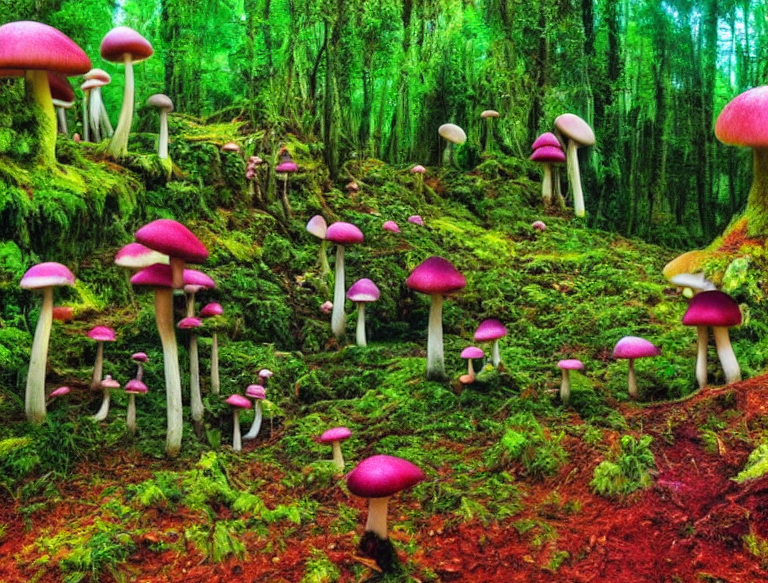
It is important to properly identify the mushrooms you are using, as wildcrafting psilocybin mushrooms can be dangerous due to poisonous lookalikes.
Many different species of mushrooms resemble psilocybin mushrooms and can be mistaken for them, including some species that are highly toxic and potentially lethal. Some of the most common poisonous mushrooms that resemble psilocybin mushrooms include the deadly Galerina and the toxic Inocybe species.
Proper identification of psilocybin mushrooms involves a careful examination of their physical characteristics, including color, shape, and texture. Psilocybin mushrooms are typically small and have a distinctive shape, with a cap that is convex or bell-shaped and a stem that is slender and often has a veil or ring. The cap and stem may also have unique features, such as a distinct color or pattern.
In addition to visual identification, it is important to use other methods to confirm the identity of psilocybin mushrooms. This can include spore prints, which can be used to identify the color and shape of the mushroom spores, as well as chemical tests, which can be used to confirm the presence of psilocybin or other compounds in the mushrooms.
If you are unsure about the identification of a mushroom, it is best to err on the side of caution and avoid consuming it. Consuming a poisonous mushroom can cause a range of adverse effects, including nausea, vomiting, diarrhea, and in severe cases, liver failure and death.
Wildcrafting psilocybin mushrooms can be dangerous due to poisonous lookalikes, and it is important to carefully examine the physical characteristics of the mushrooms, use additional methods to confirm their identity, and avoid consuming any mushrooms that are uncertain or unidentified.
Proper dosing for psilocybin shrooms
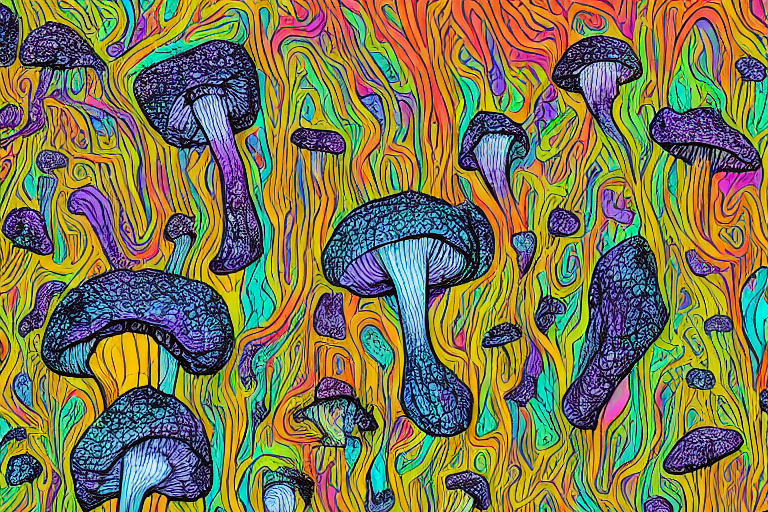
Before taking magic mushrooms, it is essential to ensure that you are knowledgeable and confident in the appropriate dosage. The dosage of magic mushrooms can vary widely depending on the species of mushroom, the method of consumption, and the individual’s body weight, metabolism, and tolerance.
A “microdose” (a sub-perceptual dose) is generally considered to be between 0.1-0.5 grams, while a “trip” (a full psychedelic experience) can range from 1-3 grams for begginers. It is important to start with a low dose and gradually increase it over time and experience.
Taking too much of a magic mushroom can result in a range of adverse effects, including anxiety, paranoia, nausea, vomiting, and in severe cases, psychosis and death. Taking too little, on the other hand, may not produce the desired effects and may be a waste of the substance.
One of the most important factors to consider when determining the appropriate dosage of magic mushrooms is the species of mushroom being used. Different species of magic mushrooms contain varying amounts of psilocybin, and the potency of the mushrooms can also vary depending on factors such as their growing conditions and the way they were harvested and stored.
Another important factor to consider is the method of consumption. Magic mushrooms can be consumed in a variety of ways, including eating them raw, brewing them into a tea, or grinding them into a powder and mixing them with food or drink. Each method of consumption can affect the speed and intensity of the effects, and it is important to carefully consider the appropriate dosage for each method.
In addition to considering the species of mushroom and the method of consumption, it is also important to consider the individual’s body weight, metabolism, and tolerance. Individuals with a higher body weight or faster metabolism may require a higher dosage to achieve the desired effects, while individuals with a lower tolerance may require a lower dosage to avoid adverse effects.
No mixing magic shrooms with other substances
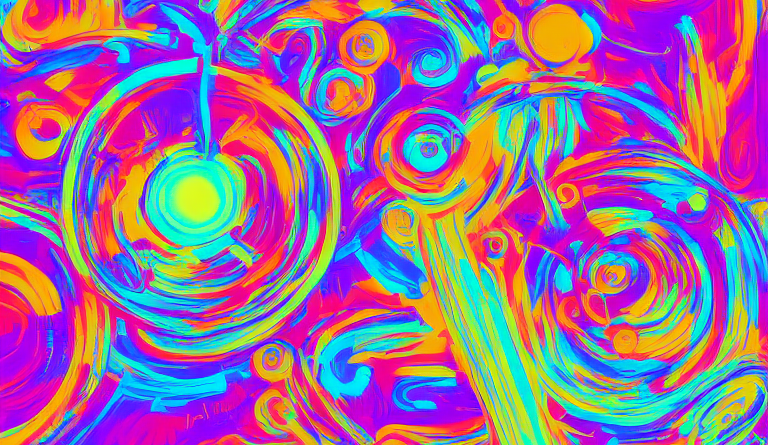
When magic mushrooms are mixed with other substances, the effects can be unpredictable and potentially harmful. For example, mixing magic mushrooms with alcohol can lead to nausea, vomiting, and dehydration. In addition, alcohol can change and deform the perception of trip and impair judgment, potentially leading to risky behavior.
Mixing magic mushrooms with other drugs, such as marijuana or cocaine, can also be dangerous. These substances can alter the effects of psilocybin and increase the risk of adverse reactions. Combining magic mushrooms with stimulants like cocaine or amphetamines can cause a dangerous increase in heart rate and blood pressure, leading to cardiovascular problems or even heart failure.
Furthermore, some medications can interact with magic mushrooms, leading to potentially dangerous side effects. For example, antidepressants like SSRIs can increase the risk of Serotonin Syndrome, a potentially life-threatening condition that occurs when there is too much serotonin in the body. Other medications, such as blood pressure medications, can also interact with psilocybin and should be avoided.
It’s important to note that there is limited research on the effects of mixing magic mushrooms with other substances, and the risks may vary depending on the individual and the specific substances involved. However, based on the available evidence, it’s clear that mixing magic mushrooms with other substances can be dangerous.
Set and settings – basis of responsible psychedelic use

We touched on this aspect a little in the section on the “respectful” approach to the use of mushrooms. But the Set and Settings are so important that I want to focus on them in more detail.
The environment and mindset in which psilocybin mushrooms are consumed can greatly affect the experience. It is important to consume mushrooms in a safe and comfortable environment, with people that you trust. Ensure that you are in a sound and healthy state of mind before taking magic mushrooms.
Firstly, the environment in which you take magic mushrooms can greatly impact the experience. It’s important to choose a quiet, peaceful setting that feels safe and comfortable. Avoid taking magic mushrooms in crowded or unfamiliar places, as this can increase anxiety and stress. Make sure you have a comfortable place to sit or lie down, and that you have access to water, food, and other necessities.
Secondly, it’s important to only take magic mushrooms with trusted individuals who you feel comfortable around. This can include close friends or family members who have experience with psychedelics or a trained professional in a therapeutic setting. Avoid taking magic mushrooms with individuals who may cause anxiety or stress, as this can negatively impact the experience.
It’s also crucial to ensure that you are in a sound and healthy state of mind before taking magic mushrooms. If you’re feeling depressed, anxious, or stressed, it’s important to address these issues before taking magic mushrooms. It’s also important to avoid taking magic mushrooms if you have a personal or family history of mental health issues, as this can increase the risk of negative side effects.
Finally, it’s important to remember that the effects of magic mushrooms can be unpredictable and vary from person to person. It’s normal to experience a range of emotions and sensations during a trip, but it’s important to approach the experience with an open and positive mindset.
Experiensed trip sitter is essential
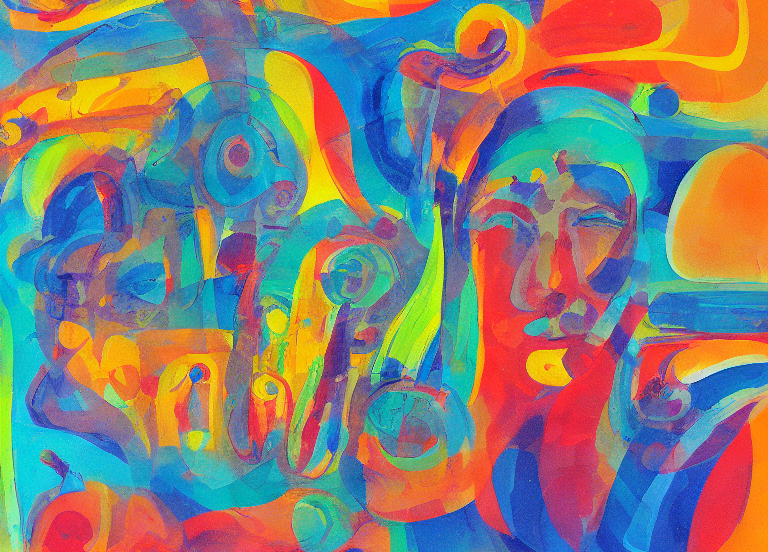
It is also recommended to have a responsible and sober “trip sitter” present, someone who can provide emotional support if needed during the experience.
A trip sitter is someone who stays sober and acts as a guide and support during the trip. This person should be someone you trust and feel comfortable with, as they will be responsible for ensuring your safety and well-being during the experience. It’s recommended that the trip sitter has prior experience with psilocybin mushrooms or other psychedelics, as this can help them better understand the experience and provide appropriate support.
Having a trip sitter present can provide a range of benefits. Firstly, they can help you prepare for the experience by creating a comfortable and safe environment. They can also assist with practical matters such as setting up music, providing water and snacks, and helping you get comfortable.
During the trip, the trip sitter can provide emotional support and guidance. They can help you navigate any challenging emotions or sensations, and provide reassurance and comfort. They can also help you stay grounded and connected to reality, and prevent you from engaging in risky or dangerous behavior.
In addition, having a trip sitter present can be helpful in case of emergencies. Although psilocybin mushrooms are generally safe when used responsibly, there is always a risk of adverse reactions or accidents. Having a trip sitter present can ensure that you receive appropriate care and attention in case of an emergency.
It’s important to note that the trip sitter should not try to control or direct the experience, but rather provide a supportive and non-judgmental presence. They should also respect your boundaries and allow you to have your own unique experience.
Time managment for magic shrooms

The effects of psilocybin mushrooms typically last between 6 and 8 hours, with the peak effects occurring between 2 and 4 hours after ingestion. During this time, you may experience a range of emotions and sensations, including euphoria, altered perception of time and space, and heightened creativity and introspection.
After the peak effects wear off, you may experience an “afterglow” period, where you feel a sense of peace and contentment. However, it’s important to note that the effects of psilocybin mushrooms can vary from person to person, and some individuals may experience negative side effects or lingering effects that last beyond the 8-hour mark.
Due to the unpredictable nature of psilocybin mushroom effects, it’s important to avoid scheduling important plans or activities immediately after the trip. This includes work, lessons, or other commitments that require you to be alert and focused. Instead, plan to have ample time to recover and integrate the experience into your life.
During the recovery period, it’s important to prioritize self-care and engage in activities that promote relaxation and well-being. This may include spending time in nature, journaling, meditating, or engaging in gentle exercise. It’s also important to avoid alcohol and other substances during this time, as they can interfere with the recovery process.
It is important to allow time for the body and mind to recover between psilocybin experiences. This can help prevent tolerance buildup and minimize the potential risks associated with regular use.
The standard minimum break between trips should be at least 14 days. However, the more often trips are carried out, the more obvious psychological changes and prerogatives can become, therefore, for most people, a full-fledged trip can be carried out peroid from several times a year to once every few years. I do not take into account microdosing or course intake of psilocybin mushrooms as a medical preparation.
Medical conditions and psilocybine shrooms
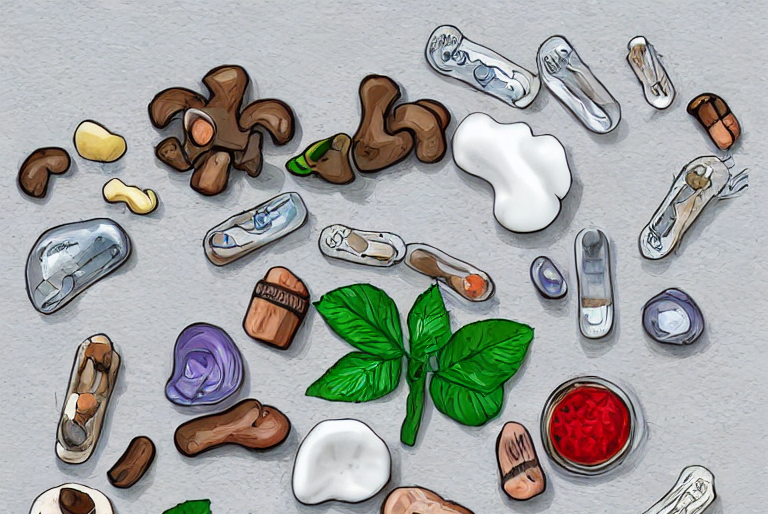
It is important to avoid magic mushrooms if you have underlying heart, neurological, or psychiatric disorders.
One of the most concerning groups of people who should avoid magic mushrooms are those with underlying heart conditions. Psilocybin has been shown to increase heart rate and blood pressure, which can be dangerous for people with cardiovascular issues.
Neurological disorders are another group of health conditions that should prompt caution when it comes to using magic mushrooms. Research has shown that psilocybin can have effects on the brain and nervous system, which can be harmful to people with certain neurological disorders. For example, people with epilepsy or seizures may experience an increase in seizure activity after taking psilocybin. Additionally, people with a history of migraines may experience more severe headaches or other neurological symptoms after taking magic mushrooms.
Finally, people with psychiatric states such as depression, anxiety, or schizophrenia should also be cautious when it comes to using magic mushrooms. While some studies have shown that psilocybin can have positive effects on mood and mental health, there is also evidence that it can worsen symptoms of certain psychiatric conditions. For example, people with a history of psychosis may experience a worsening of symptoms or an increase in hallucinations after taking psilocybin. Therefore, individuals with psychiatric states should only use psilocybin under the guidance of a qualified healthcare professional.
Integration psychedelic experience in life
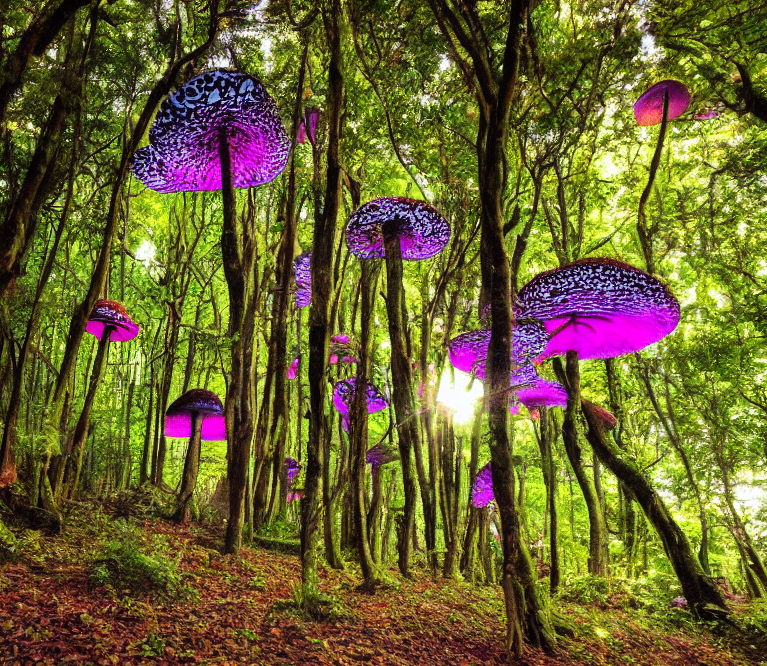
After the experience, it is important to reflect and integrate any insights gained into daily life. Reflection can take many forms, but some effective methods include journaling, meditation, and seeking support from a therapist or trusted individual.
Journaling can be a helpful way to process thoughts and emotions related to the experience. It can also help identify patterns or themes that emerged during the experience and provide a record of progress or changes over time.
Meditation is another effective method for reflecting on the experience and integrating insights gained. Meditation can help calm the mind and provide space for reflection and introspection. It can also help cultivate a sense of presence and awareness, which can be helpful for integrating insights into daily life.
Seeking support from a therapist or trusted individual can also be helpful in processing the experience and integrating insights gained. A therapist can provide a safe and supportive environment to explore the experience and any emotions or thoughts that arose during the experience. They can also provide guidance and support for integrating insights into daily life.
It’s important to approach the process of reflection and integration with an open and curious mindset. The experience of using psilocybin mushrooms can be intense and emotional, and it’s normal to experience a range of emotions and sensations during and after the experience. It’s important to approach any insights gained with compassion and self-care, and to avoid judging or criticizing oneself for any difficult emotions or thoughts that arise.
Some facts and thoughts about shrooms

Improved health behaviours and reduced consumption
There is growing evidence suggesting that psilocybin mushrooms may have the potential to improve health behaviors and reduce consumption of harmful substances.
One study conducted at Johns Hopkins University found that psilocybin use was associated with decreased odds of cigarette smoking and alcohol use disorder. Another study found that psilocybin use was associated with a decrease in past-month opioid use, and an increase in past-year participation in exercise and spiritual practices.
Furthermore, in a clinical trial at New York University, participants who received psilocybin-assisted psychotherapy for smoking cessation had a higher rate of abstinence from smoking at 6 months compared to those who received nicotine patches.
Psilocybin has also been shown to increase feelings of interconnectedness and spirituality, which may promote pro-social behavior and altruism. One study found that psilocybin use was associated with increased empathy and social closeness, which could lead to healthier relationships and more positive social interactions.
Emergent parallelism
Emergent parallelism is a theoretical concept that suggests that consciousness arises from the parallel processing of information in different brain regions, rather than from a single central location or module.
There is some evidence to suggest that psilocybin mushrooms may influence emergent parallelism in the brain. Studies using functional magnetic resonance imaging (fMRI) have shown that psilocybin leads to a breakdown of the default mode network, which is a set of brain regions that are typically active when the brain is at rest and not focused on any particular task.
This breakdown of the default mode network is thought to be associated with the psychedelic experience of ego dissolution, where the boundaries between the self and the outside world become blurred or disappear altogether. This loss of ego boundaries may lead to an increased sense of interconnectedness and unity with others and with the universe as a whole.
Some researchers have suggested that this breakdown of the default mode network may also lead to increased emergent parallelism in the brain, as information processing becomes more distributed across different brain regions.
However, it is important to note that the relationship between psilocybin mushrooms and emergent parallelism is still an area of active research, and more studies are needed to fully understand the nature of this relationship. Additionally, the use of psilocybin mushrooms can be associated with risks and potential adverse effects, particularly when used outside of a clinical or therapeutic setting.
Limitations and future directions
Psilocybin mushrooms have shown promise in a number of different areas of research, including in the treatment of mood disorders, addiction, and end-of-life anxiety. However, there are also a number of limitations and challenges associated with their use, as well as directions for future research.
One of the main limitations of psilocybin mushrooms is the potential for adverse effects, particularly when used outside of a clinical or therapeutic setting. These adverse effects can include anxiety, paranoia, and psychotic-like experiences. It is important for individuals who are considering using psilocybin mushrooms to do so under the guidance of a qualified healthcare professional.
Another limitation is the variability in potency and composition of psilocybin mushrooms. Different strains of mushrooms can vary in their levels of psilocybin and other psychoactive compounds, and the potency of individual mushrooms can also vary based on factors such as growing conditions and harvesting methods.
There is also a need for more research to understand the long-term effects of psilocybin use, particularly with regards to potential risks such as the development of psychological disorders.
In terms of future directions for research, there is a need for more rigorous clinical trials to assess the safety and efficacy of psilocybin in different therapeutic contexts. There is also a need for more research to understand the mechanisms of action of psilocybin and how it produces its therapeutic effects.
Finally, there is a need for more research to understand the potential benefits and risks of psilocybin use in different populations, including individuals with different mental health conditions and those from different cultural backgrounds. This research will be essential for fully understanding the potential of psilocybin mushrooms as a therapeutic tool, and for developing safe and effective treatments for a range of different conditions.
Conclusion
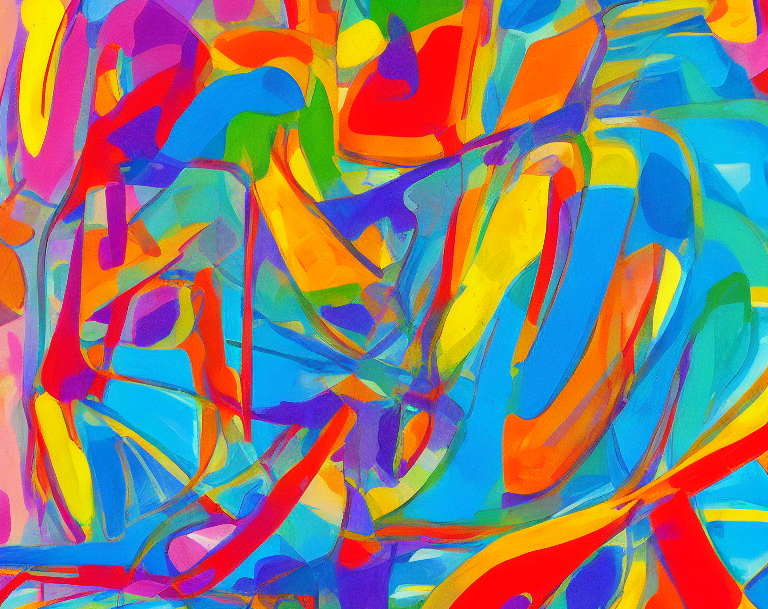
In conclusion, harm reduction is an important approach to promote safe and responsible use of psilocybin mushrooms. By providing education and resources to individuals who choose to use psilocybin, harm reduction strategies can help to mitigate the potential risks associated with their use, while also maximizing the potential benefits.
Some harm reduction strategies for psilocybin mushrooms may include educating individuals about the risks and potential adverse effects of psilocybin use, providing accurate and reliable information on dosing and potency, promoting safe and supportive environments for use, and encouraging the use of harm reduction tools such as drug checking and hydration.
However, it is important to note that while harm reduction strategies can help to reduce the risks associated with psilocybin use, they are not a substitute for safe and responsible use, and individuals should always approach psilocybin use with caution and under the guidance of a qualified sitter or healthcare professional.
As research into the therapeutic potential of psilocybin mushrooms continues to grow, harm reduction will remain an important component of promoting safe and responsible use, and maximizing the potential benefits of this powerful tool.
✔️
This marks the finish of today’s session. It is my hope that this piece was enlightening.
If you desire to advance the growth of this blog, I suggest the following actions:
- Follow my Twitter.
- Circulate a link to this article among your associates.
- Give recognition to this blog on relevant platforms or discussion groups.
Should you identify any necessary additions or corrections in this article, feel free to initiate a dialogue with me via Contact Form. I am always open to communication.
I express my gratitude for your valuable time and consideration 🍄


